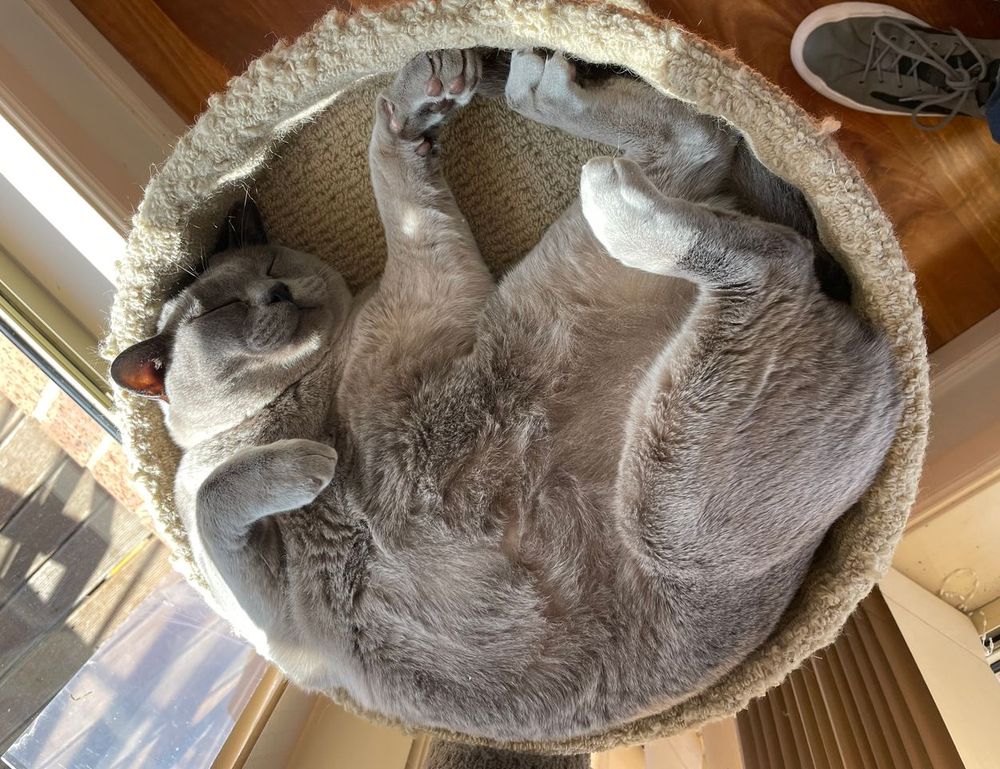What is 7279319006 and Why Does it Keep Showing Up?
If you’ve received missed calls or alerts tied to 7279319006, you’re not alone. Numbers like this often belong to customer service centers, financial institutions, or automated systems that operate on businesscritical workflows. These aren’t spam calls. In most cases, they’re the numbers connected to services we’ve interacted with—credit card companies, service requests, or subscription accounts.
But short of Googling the number every time it pops up, how are you supposed to know what it really is? Here’s the first tip: save it if you recognize it. If it’s helpful once, chances are you’ll need it again. Locking it in your contacts with a label makes life smoother later.
The Use Cases You Didn’t Expect
You probably assume 7279319006 is just another random callback line, but you’d be wrong to push it aside so fast. Here are a few less obvious ways it might be working behind the scenes:
TwoFactor Authentication Calls – Some systems use hardwired numbers for voicebased identity checks. Banking or Loan Followups – Automated systems can use consistent IDs for transactional notices or required feedback. Appointment Confirmations – Services like healthcare networks or automotive repairs often use consistent outbound numbers to avoid getting flagged as spam.
The point here is: that number might not just be trying to reach you—it might be trying to help you. Context matters.
7279319006: Signal or Noise?
It’s easy to overlook repeated or unknown numbers. Your gut may tell you “scam likely” and move on. Smart. But not always accurate. Here’s how to cut through the clutter:
- Search the number once – Use sites with crowdsourced feedback or data enrichment tools.
- Check your recent activity – Did you just submit a request, complete a transaction, or sign up for something?
- Use caution, not full stop – Don’t answer blindly, but don’t block immediately either.
You’re not just trying to stop spam—you’re trying to stay informed. Recognizing helpful calls early can prevent chasing down the wrong channels later.
Avoiding the Mistake of Ignoring It
Clicking decline or hitting “block number” might feel good—briefly. But do it too often without doublechecking and you risk cutting off access to legit resources, including:
Updated alerts on travel, billing, or ID verification Required authorization for purchases or signins Followups after customer support tickets
The cost of ignoring a good call can seriously outweigh the few seconds it takes to confirm what the number is. If you’re someone who likes to keep your inbox tight and your call history cleaner, add “verify before blocking” to your checklist.
Simple Steps to Handle Unfamiliar Numbers
We get it. You’re not trying to play detective every time your phone vibrates. Here’s a minimaleffort process:
If you see 7279319006 once, ignore it just like you do. If you see it twice from the same week, check it out. If you see voicemails, return the call—but only after validating the source online.
Doing this doesn’t take time out of your day. You’ll reduce the risk of missing something critical—and avoid the mess of reestablishing lost communications.
Save It, Label It, Move On
Let’s cut to it: if 7279319006 shows up enough to make you pause multiple times, you should just save it. Slap a tag on it. Something boring like “Service AutoCall” or “Bank Auth Line.” Doesn’t matter. The point is, a labeled call saves future guesswork.
Why? Because the fifth time that number rings, you’ll know to either answer or ignore instantly—zero hesitation, zero lost time.
Last Takeaway
You don’t need to memorize every number or scan whitepages daily. Life’s busy. But some numbers—like 7279319006—aren’t just noise. They’re tools. Use them smarter. Recognize the patterns. Label your wins. And don’t let an unknown number slow your momentum.
That’s how you turn a mystery call into a solved case without breaking stride.



